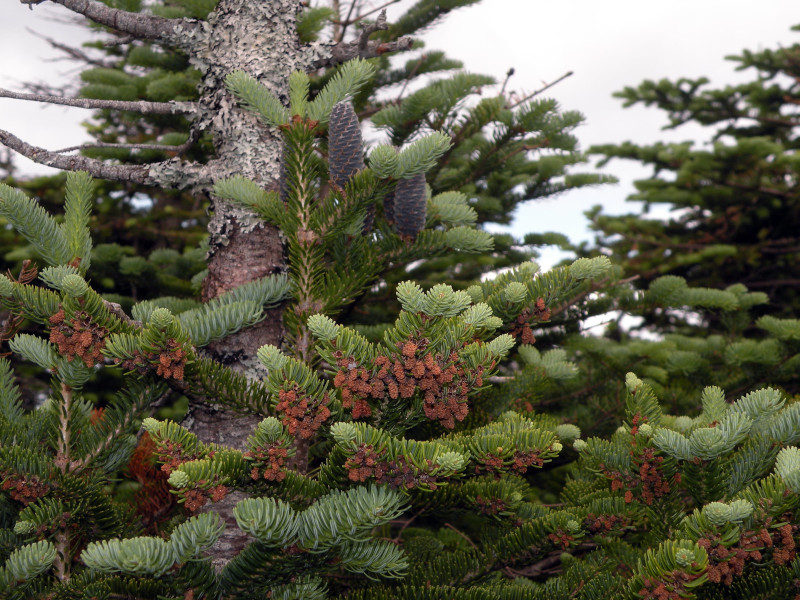
Balsam Fir Facts
- This magnificent product of botanical evolution is most frequently referrred to by the short common name of Balsam Fir in much of its range. Yet, it does have several other general titles, as well. These include the optional terms Canadian balsam and eastern fir, among others.
- Scientists, however, perhaps know the beautiful flora by yet another label. They possibly know it more often by its purely technical moniker. Thankfully, that’s a relatively simple one for the layperson to pronounce. It currently holds the formal epithet of Abies balsamea.
- The gorgeous tree received that appellation due to the efforts of Carl Linnaeus himself. The highly esteemed Swedish zoologist accomplished the first recognition of it as a separate and distinct species. He managed that scientifically noteworthy feat in the year 1768.
- Since that time, however, the remarkable plant’s gone through multiple renamings. In fact, various researchers have reclassified it over the ensuing years. Some of the other formal titles it previously held include Abies balsamifera and Abies hudsonia, to name just a few.
- Fortunately, the remarkable Balsam Fir continues to maintain a population base that’s both stable and sufficient. That pleasant state further to appears to hold true across its entire range. The IUCN thus currently lists the botanical wonder as Least Concern on its Red List.
- Today, two extant varieties exist, both of which play surprisingly important roles within the culture of the region to which they evolved as native. That’s due to the fact that both forms of this marvel of Nature and evolution together serve as the most popular type of Christmas tree.
- Despite its relative stability in the wild, and its popularity in horticulture, the flora still faces the same potential threats to its continued existence as all other species on today. Most of these stem from the actions of man. These perils include habitat loss and looming climate change.
Related Articles
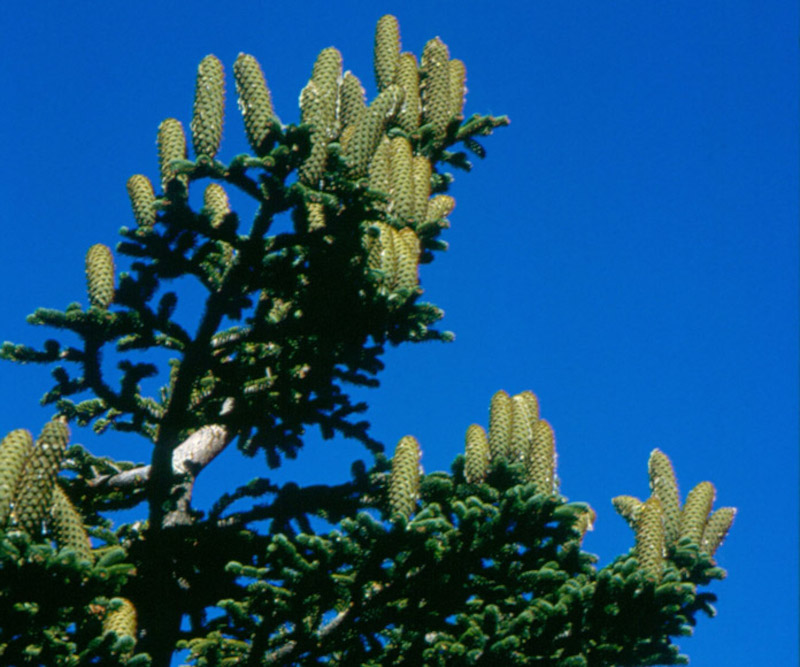
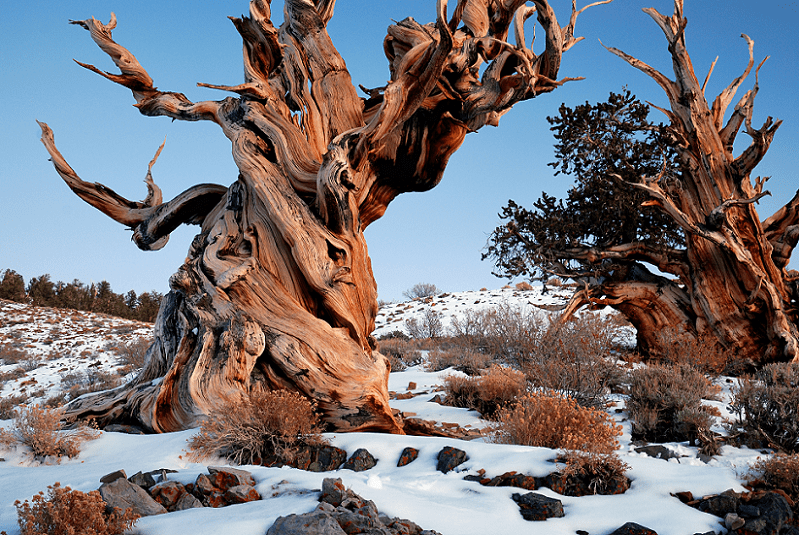
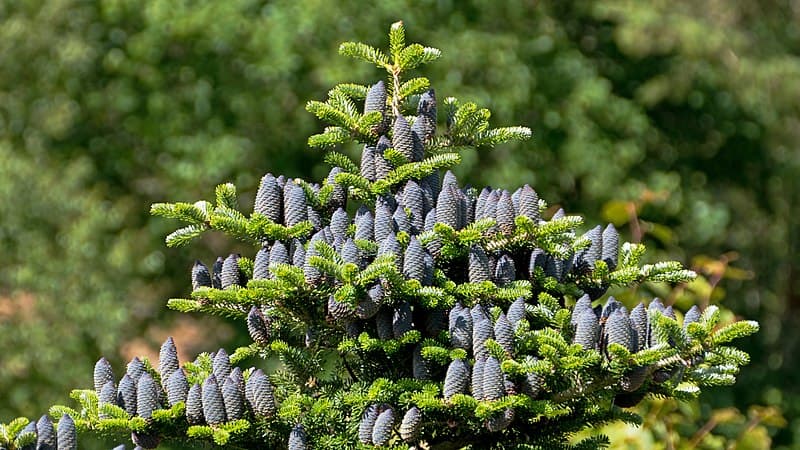
Korean Fir
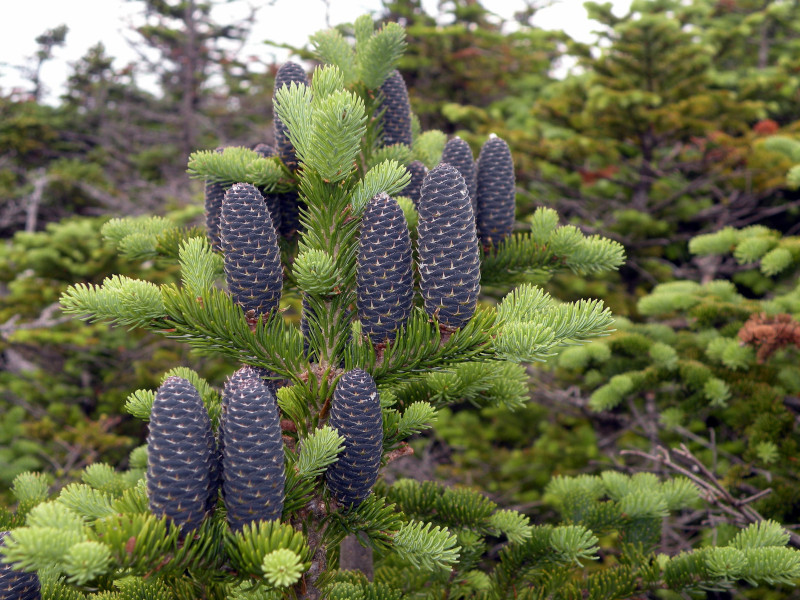
Balsam Fir Physical Description
The stunning Balsam Fir almost instantly captivates those individuals lucky enough to encounter it, most especially in the wild. Yet, the flora does so for more than just one reason. That’s because it’s not only lovely to behold, but the tree also boasts some respectable physical dimensions.
Depending on local environmental conditions, it develops as either a small or medium sized tree. Fully mature specimens range in height, usually due to variations in local environmental conditions. However, this measurement typically runs from roughly 46 ft (14 m) to approximately 66 ft (20.1 m).
Obviously, exceptional examples do naturally sometimes occur, though. A few confirmed examples even achieved measurements reaching 89 ft (27.1 m). Few individual plants of this remarkable evergreen reach such a great size, though. Envirinmental factors rarely favor such growth today.
The trunk itself generally grows in a primarily vertical direction, with very little deviation. When young, this aspect presents a light gray color and smooth texture. As it ages, though, this changes. Over time, the bark slowly becomes much darker, rougher, and often with deep fissures and cracks.
Typical of its kind around the world, the foliage of the beautiful Balsam Fir develop as flat and needle-like in structure. This verdure has a mean length of 0.63 – 1.13 in (1.5 – 3 cm). It also shows a deep green shade in color. Each limb produces multiple stems, each with hundreds of leaves.
Nevertheless, it’s the highly distinctive seed cones that frequently receive the most attention. These develop as erect, and measure roughly 1.5 – 3.25 in (3.8 – 8.3 cm) in length. It’s their color, though, that most catches the eye. Each displays a dark purple at first, that changes to brown with age.
- Kingdom: Plantae
- Phylum: Tracheophyta
- Class: Pinopsida
- Order: Pinales
- Family: Pinaceae
- Genus: Abies
- Species: A. balsamea
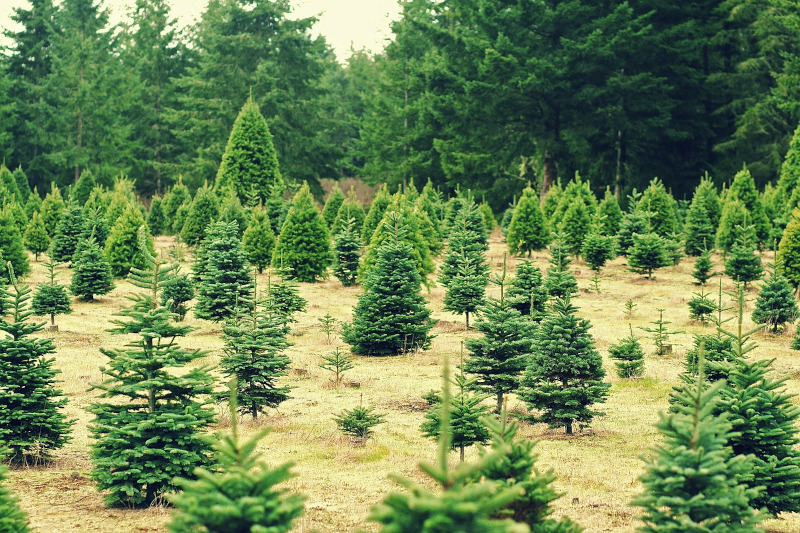
Balsam Fir Distribution, Habitat, and Ecology
The breathtaking and culturally important Balsam Fir evolved as native to a moderately limited section of the earth’s surface. The location of that zone of habitation isn’t much of a surprise, however. That’s because the beauty developed as endemic to part of North America.
But, within the confines of that continent, the captivating Gymnosperm only inhabits a very specific portion of the landmass. The vast majority of its natural territory appears inside the national boundaries of Canada. There, it lives in most of the eastern and central regions of the nation.
From this setting, however, it spreads southward, though in admittedly smaller concentrations. Inside of the United States, the flora mainly lives in the northeastern section. It’s seen from Maine to the Appalachian Mountains of West Virginia in the east, to as far west as Minnesota.
Fortunately, Nature blessed these intrepid species with an impressive degree of adaptability in its choice of habitat. The wonder thus appears in a comparatively wide range of ecosystems. This includes both mixed forests, holding deciduous trees, as well as forests formed purely of fir trees.
It also tolerates a wide variety of soil types, and even manages to thrive with a range of moisture levels. Altitudes also do not deter the intrepid flora from taking up residence. That’s true since the amazing plant resides anywhere from sea level to heights reaching all the way to the treeline.
The gorgeous Balsam Fir also plays a vitally important role in the wild, in addition to human culture. Its large seed cones disintegrate after laying on the ground for a time. While the wind disperses most, small mammals also consume some of them. Moose and deer also feed on the foliage.
Those same small creatures also assist in the dispersal of the seeds, via their droppings. Even under completely ideal conditions, though, only around half of all seeds remain viable. Once a tree does succed in taking root, barring outside interference, a typical lifepsan equals roughly 200 years.
Species Sharing Its Range
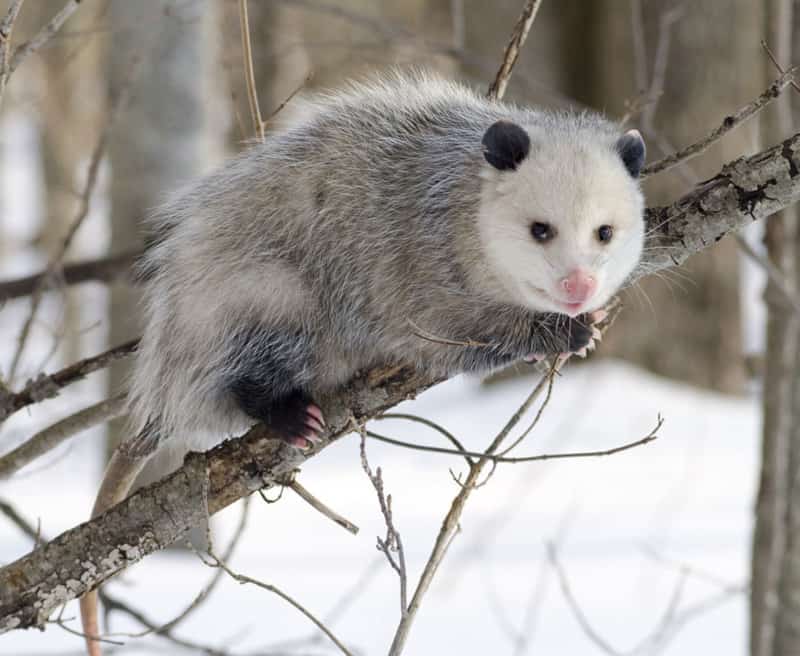
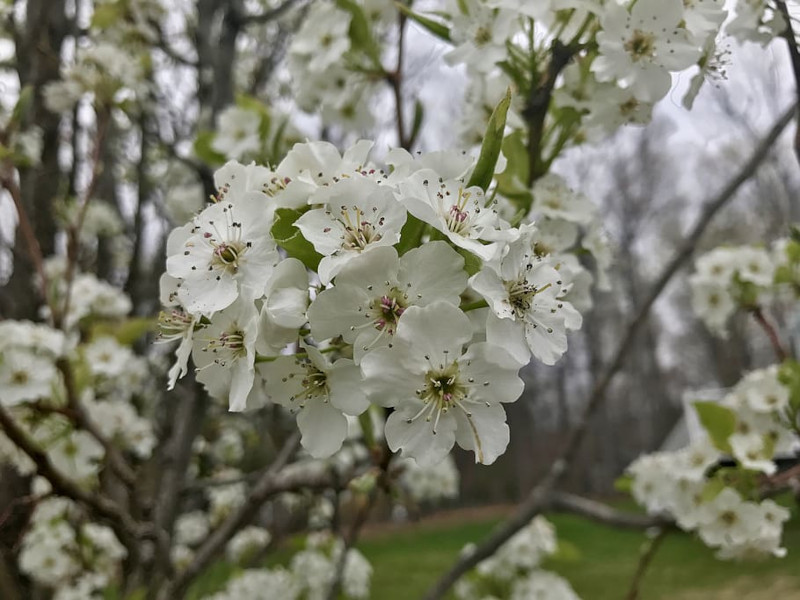
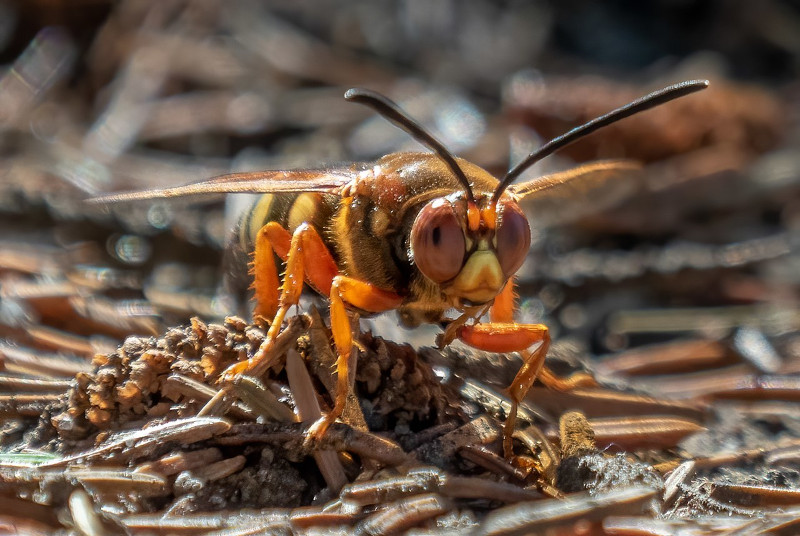
Check out our other articles on 4 Remarkable Reptiles of Australia, Eurasian Brown Bear, Lake Atitlan, Texas Blind Salamander, Scarce Swallowtail, Wolf Eel, Indian Vulture, Jamaican Iguana









Leave a Reply